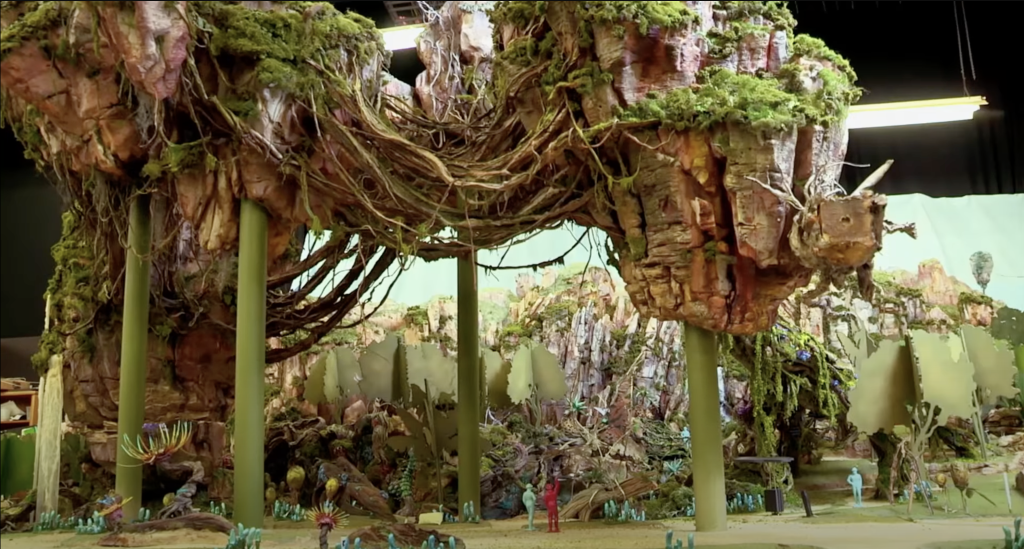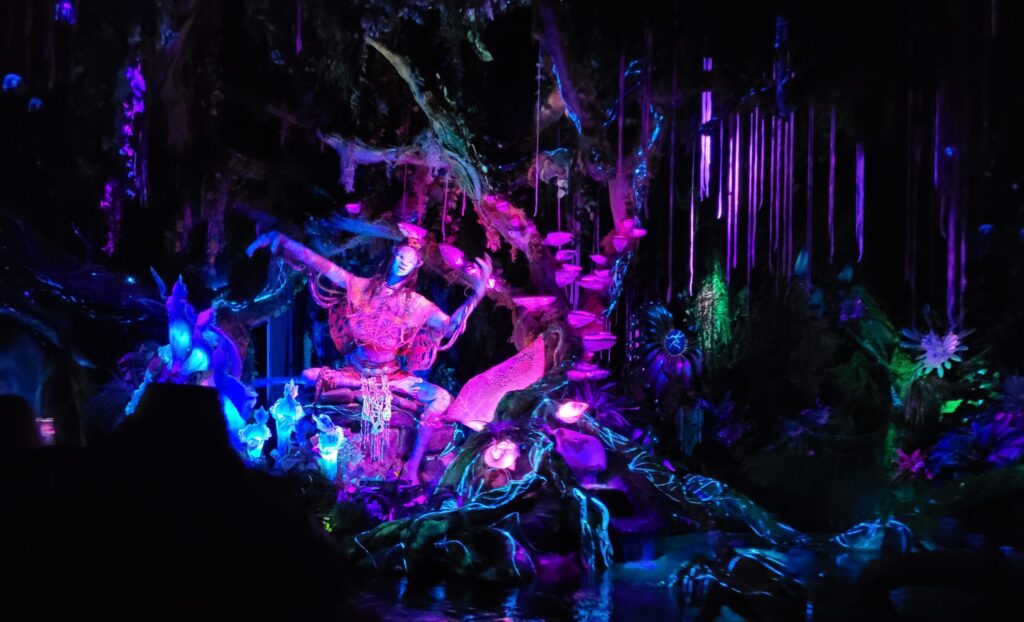As anticipation builds for the recently announced Avatar-themed experience coming to Disney California Adventure, we find ourselves reflecting on the engineering marvel that is Pandora – The World of Avatar at Disney’s Animal Kingdom. This new addition is promised to be “as amazing” as its east coast counterpart, sparking excitement and curiosity among Disney park aficionados. To fully appreciate what might be in store for the west coast, let’s take a journey back to the creation of the original Pandora.
An Ambitious Vision
![]()
In 2011, Walt Disney Imagineering embarked on an ambitious project: to bring the world of James Cameron’s “Avatar” to life within the confines of a theme park. The result was Pandora – The World of Avatar at Disney’s Animal Kingdom, a groundbreaking achievement that pushed the boundaries of imagination and technology.
A Collaborative Effort
Creating Pandora was no small feat. It required the collaboration of numerous teams, all working toward a common goal: to recreate the lush, alien world of Pandora with the highest level of authenticity. This involved partnering with James Cameron (the writer and director of the Avatar film franchise) and his production company, Lightstorm Entertainment, to ensure the land would be true to the film’s vision.
From Concept To Reality

The development process began with the design phase, where the team conceptualized the layout, attractions, and overall aesthetic of Pandora. Once the designs were finalized, construction began in 2013. Over the course of four years, the team faced numerous technical challenges, from creating the illusion of floating mountains to developing new ride technologies.
Overcoming Technical Challenges

One of the most iconic features of Pandora is its floating mountains. Achieving this effect required innovative engineering solutions. The team had to create structures that were not only visually impressive but also structurally sound. They used hidden steel columns to support the mountains, then disguised these supports with intricate rockwork and vegetation.
Another significant challenge was creating the bioluminescent flora that makes Pandora so visually striking. The team used a combination of paint and lighting techniques to create plants that glow in the dark, further enhancing the land’s otherworldly feel.
Bringing Pandora To Life
![]()
The team also had to develop new ride technologies for the land’s two main attractions: Avatar Flight of Passage and Na’vi River Journey. Flight of Passage, which simulates a ride on a banshee, required the development of a unique ride system that could provide a realistic flying experience.

Meanwhile, the Na’vi River Journey takes guests on a boat ride through a bioluminescent forest, an attraction that required intricate animatronics and detailed set designs.
The Result Of Years Of Hard Work

After six years of development and construction, Pandora – The World of Avatar opened in summer 2017. The result was a 12-acre land that transports guests to the world of Pandora long after the human conflict with the Na’vi has ended. Its vivid daytime beauty transforms into a glowing wonderland at night, making it a must-visit for any Disney park-goer.
The creation of Pandora – The World of Avatar stands as a testament to the power of imagination, collaboration, and technological innovation. It serves as a shining example of what can be achieved when creative minds come together to bring a fantastical world to life.

